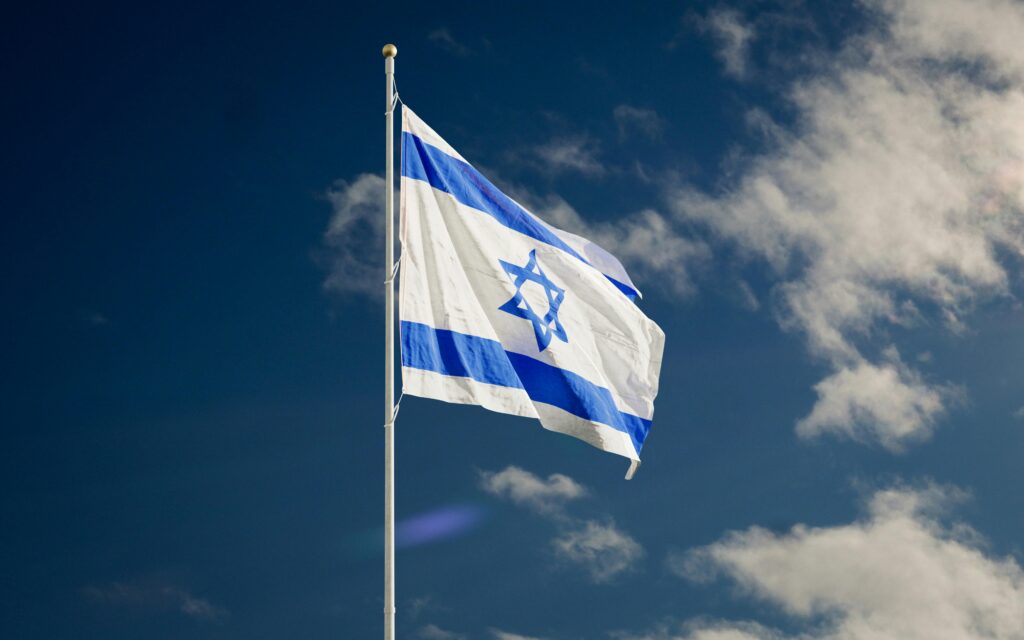Israel’s planned withdrawal from southern Lebanon has exceeded the agreed timeline. The Israeli government is now seeking a 30-day extension to complete the process.
Lebanese Army Deployment Slower Than Expected
The ceasefire, negotiated by the United States and France, gave Israel 60 days to pull its forces from Lebanon. However, Israeli officials announced they could not meet the Sunday deadline. They cited the Lebanese army’s slow deployment to southern Lebanon as a key factor in the delay.
The agreement tasked Lebanese forces with overseeing security in the region and preventing Hezbollah’s return. Israel has stated its gradual withdrawal is proceeding in coordination with the United States. The truce terms allow for deadline extensions if necessary. Meanwhile, Hezbollah criticized the delay, accusing Israel of violating the agreement.
Goals of the Ceasefire Agreement
The truce aimed to end over a year of intense fighting between Israel and Hezbollah. It required Israeli forces to leave Lebanese territory within 60 days. Hezbollah fighters, in turn, were obligated to retreat north of the Litani River.
A 30-kilometer security zone along the Israeli border was to be established, with the Lebanese army and UN peacekeepers maintaining order. The United Nations Interim Force in Lebanon (UNIFIL), which includes Austrian peacekeepers, has been working alongside Lebanese forces to secure the area.
Extension Request Highlights Implementation Challenges
Media reports reveal that Israel has asked the United States for a 30-day extension to the withdrawal deadline. Although early indications suggested some U.S. resistance, no official response has been confirmed.
This delay underscores the challenges of implementing the truce and maintaining peace in the region. The extended timeline could further strain the fragile stability as both sides attempt to fulfill their obligations under the agreement.
